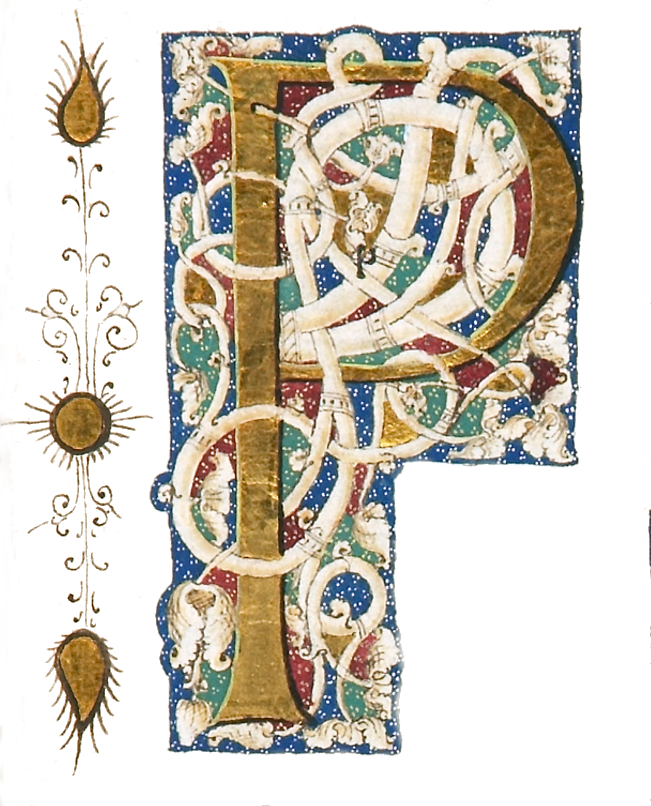first edition
1855 · Boston
by LONGFELLOW, HENRY WADSWORTH
Boston: Ticknor and Fields, 1855. FIRST EDITION, First Printing. 180 x 112 mm. (7 1/4 x 4 1/2"). iv, 316 pp.
Agreeable purple half morocco over marbled paper boards by Stikeman & Co. (stamp-signed on the front free endpaper), raised bands, spine gilt in compartments with floral centerpieces, top edge gilt. Original (extremely clean) brown cloth cover and spine bound in at rear. A few paragraphs marked along the margin in pencil. BAL 12112. ◆Spine a little sunned, joints slightly rubbed (but nothing approaching a crack), otherwise a very fine copy, with virtually no signs of use internally.
This is Longfellow's epic poem about the (truncated)
Agreeable purple half morocco over marbled paper boards by Stikeman & Co. (stamp-signed on the front free endpaper), raised bands, spine gilt in compartments with floral centerpieces, top edge gilt. Original (extremely clean) brown cloth cover and spine bound in at rear. A few paragraphs marked along the margin in pencil. BAL 12112. ◆Spine a little sunned, joints slightly rubbed (but nothing approaching a crack), otherwise a very fine copy, with virtually no signs of use internally.
This is Longfellow's epic poem about the (truncated)






